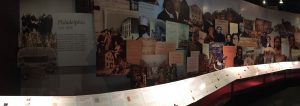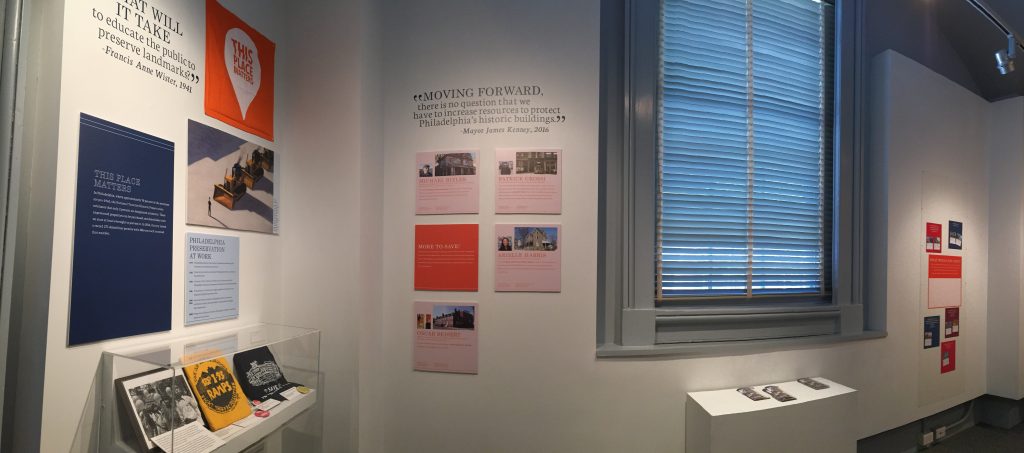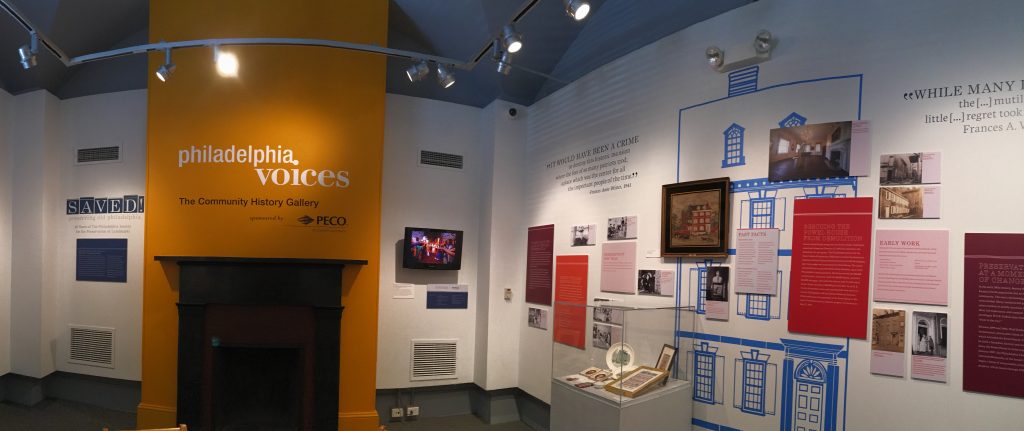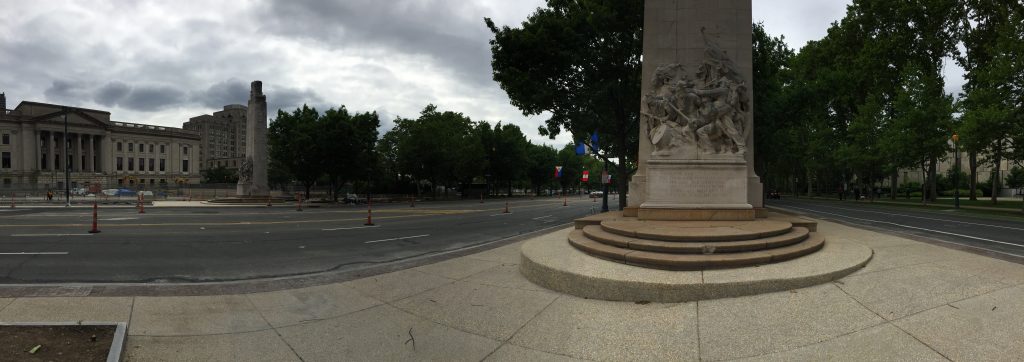By Karissa Lim
When I worked on the Race and Racism at UR Project in the class, Digital Memory & the Archive, I gained experience with creating metadata, examining documents in archives, and developing a timeline. I learned that during George Modlin’s presidency, the university struggled with racial integration; there was pressure from the government and student body to integrate while the board of trustees and administration attempted to appease them without taking significant strides towards full integration. Eventually, the university enrolled its first full-time black students. However, their experiences and the experiences of other people of color on campus are not well-known. My class attempted to uncover these silenced stories by searching through the university’s archives. We went through alumni bulletins, The Collegian, yearbooks, and more. Though we gained a better understanding of these students’ experiences, there is still so much more to learn and uncover.
What we learned through our work clashed with the image the University of Richmond currently promotes, which was frustrating to me not only as a current student but also as a student of color. The university boasts a diverse student body, but it is still a predominantly white institution where students of color experience some discrimination. In addition, Richmond students do not fully know about the racial struggles throughout the university’s history. Richmond students may believe that the school is progressive, yet may not know about the racial tensions and harsh realities that students of color experienced, which may have carried over to experiences today. They do not know that some of the buildings on campus, such as Freeman Hall and Gray Court, are named after people who were racists. The university’s history is complex, and we cannot ignore it or forget it. The voices of students of color past and present matter. This is why this project is so important. This is why archives are important. We must make sure that we find and preserve the voices of students of color so that we can challenge the current narrative and change the current campus culture.
Michelle Caswell would call this “strategic essentialism.” She writes in her chapter “Inventing New Archival Imaginaries” published in the edited volume Identity Palimpsests, “Through strategic essentialism, we can both acknowledge that identity categories are often socially constructed by the powerful in order to marginalize those who are perceived to fit within those categories, and at the same time, leverage those constructed categories to organize for common goals” (p. 41). Furthermore, Caswell introduces the concepts of memoryscapes and imaginaries. Through digital archiving, archivists create a digital memoryscape which creates an “opportunity for individuals to communicate memories, for communities to forge collective memories, and for individuals and communities to contest those collective memories once forged” (p.45). Furthermore, through digitization, these memories can be accessed more easily by more people, which allows for greater communication and contestation. Digital archiving not only preserves the past but can also help us imagine new possibilities. Caswell writes, “archivists are not just memory activists, but visionaries whose work reconceives imagined worlds through space and time” (p.49). Therefore, digital archiving—as my fellow researchers and I will be doing in the coming weeks—not only uncovers lost memories but also creates a space in which we can discuss, challenge, and reimagine these memories.
I am excited to work with the Race and Racism at UR Project again and to continue the work I started last fall in Digital Memory and the Archive. The frustration I felt while completing work for the class has not ceased; I want to give a voice to silenced minorities throughout the university’s history so that we as a campus can begin to understand and challenge our collective memory of our school.
Karissa Lim is a rising senior at the University of Richmond double majoring in Psychology and Rhetoric & Communication Studies. She worked with the Race and Racism at UR Project during the Fall 2016 semester in the class Digital Memory and the Archive. She is working on the project again during Summer 2017 as a correspondent in Philadelphia, PA.




